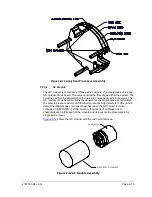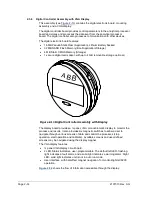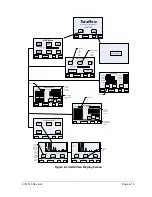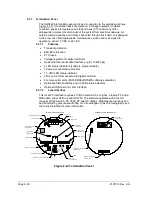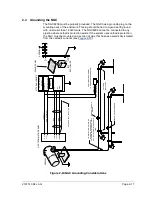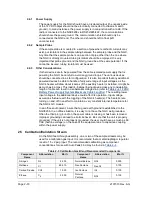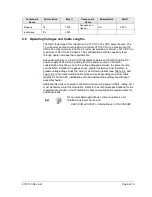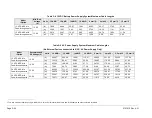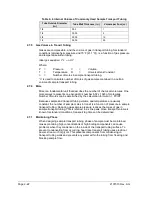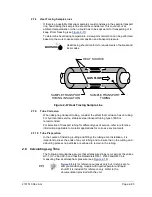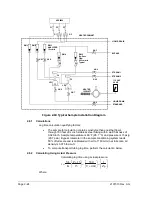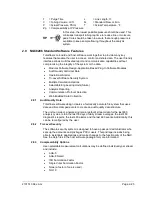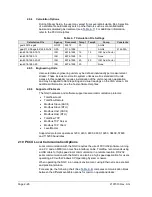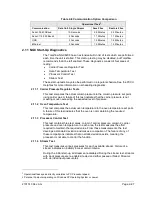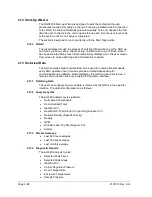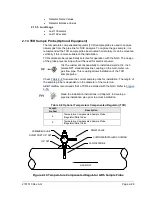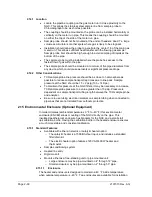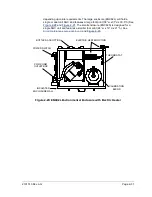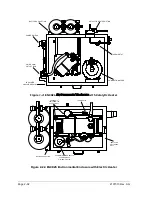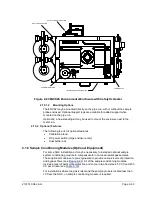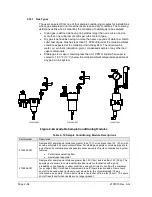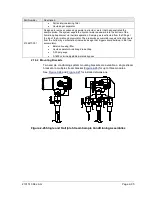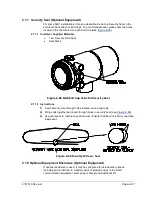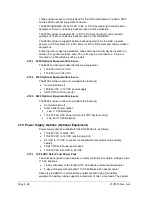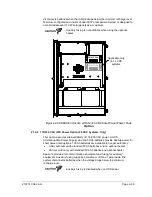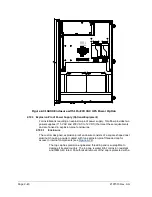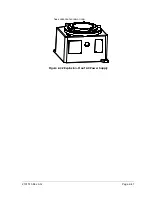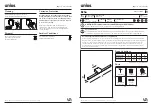
Page 2–26
2101510 Rev. AG
2.9.4
Calculation Options
During Stream Setup, the user may select from several calculation files. Selection
of a suitable file automatically sets up other factors such as concentration/Btu
basis and saturated gas treatment (see
). For additional information,
refer to the PCCU Help files.
Table 2–7 Calculation File Settings
Calculation File
Agency Document Temp1 Temp2
Comp.
Constants
gost-30319-aga8
GOST
30319
20
AGA8
gpa-2172-96-aga8-2145-03A-fts
GPA
2172-1996
AGA8
2145-03A
iso-6976-1995-15-15
ISO
6976-1995
15
15
ISO Sum Factor
iso-6976-1995-15
ISO
6976-1995
15
None
iso-6976-1995-20-20
ISO
6976-1995
20
20
ISO Sum Factor
iso-6976-1995-20
ISO
6976-1995
20
None
2.9.5
Engineering Units
User-selectable engineering units may be defined individually per measurement
stream. These include most metric system units as well as standard US units.
Access to this capability requires instantiation of the unit conversion application
and may be applied to data reporting and visual readings on the VGA screen. For
additional information, see the host software Help files.
2.9.6
Supported Protocols
The NGC hardware and software support several communication protocols:
•
Totalflow Local
•
Totalflow Remote
•
Modbus Slave (ASCII)
•
Modbus Slave (RTU)
•
Modbus Host (ASCII)
•
Modbus Host (RTU)
•
Totalflow TCP
•
Modbus TCP Server
•
Modbus TCP Client
•
LevelMaster
Supported protocols operate at 1200, 2400, 4800, 9600, 19200, 38400, 57600
and 115200 baud rates.
2.10 PCCU Local Communication Options
Local communication with the NGC requires the use of PCCU32 software running
on a PC and an MMI (man machine interface) cable. Totalflow recommends using
a USB cable for high speed local communication in a remote location. RS-232
serial communication with the NGC can also be a high speed application for users
operating a PC with Windows XP Operating System or newer.
When operating the NGC in a network environment, using Ethernet is an excellent
and practical solution.
For example, the following chart (See
) compares communication times
between the different available options for common operational tasks:


